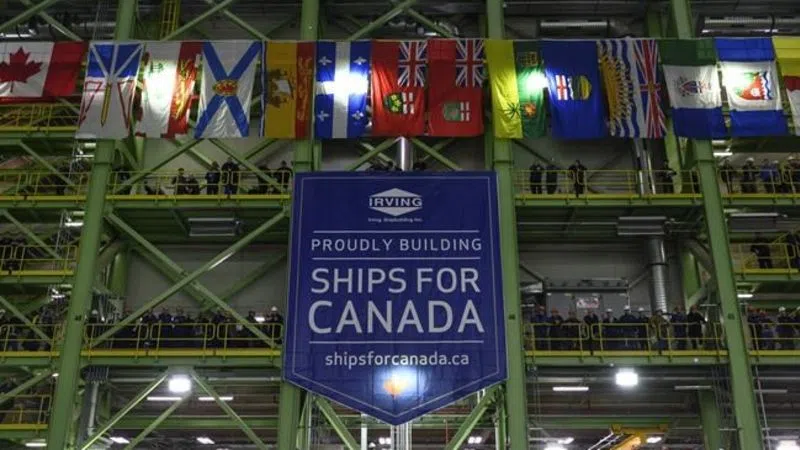
Federal government to buy two more Arctic ships from Irving to prevent layoffs
OTTAWA — Prime Minister Justin Trudeau is expected to announce Wednesday that the federal government is buying two more Arctic patrol ships on the top of the six it has already ordered from Halifax-based Irving Shipbuilding.
However, unlike the first six ships, which are being built for the navy at a total cost of $3.5 billion, a government source said the seventh and eighth will be built for the Canadian Coast Guard.
The source, who was not authorized to comment publicly, said the move is intended to address the Canadian Coast Guard’s desperate need for new ships.


